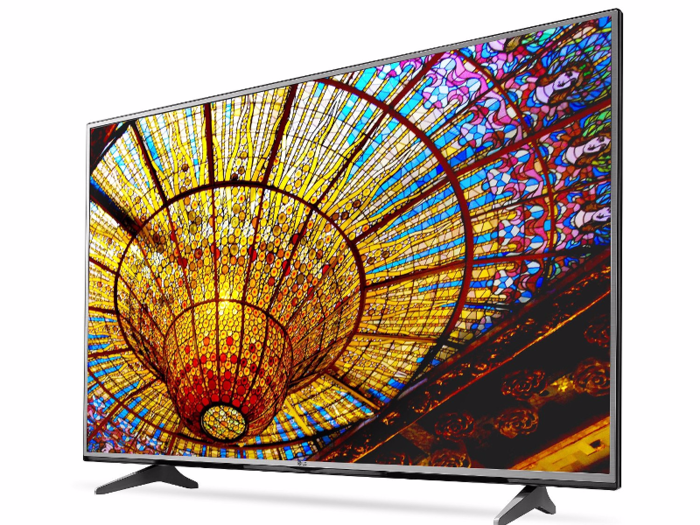
Plus, it's unlikely that cable companies will be able to push a 4K video signal through the existing cable TV infrastructure, so internet streaming or 4K Blu-Ray is the only way to watch 4K content in the foreseeable future.

It's all about bandwidth. Cable TV providers simply don't have enough bandwidth to deliver a 1080p signal where every frame contains the whole picture at 60 frames per second. So, it sends 1080i signal, where only half of the picture is contained in every frame.
Every row of pixels – all 1,080 of them – is being loaded up onto your TV screen in every frame. In turn, that means there's no chance for the frames to be out of sync with each other, like they are with 1080i, and the video looks sharper.

1080i video looks fuzzy because each frame of odd and even pixel rows don't quite line up with each other, as the video has progressed from one frame to the next. It's especially noticeable where there's a lot of movement in a scene.
Essentially, each frame containing the odd and even rows of pixels are displaying two different parts of a video's timeline. Each frame is only milliseconds or less apart, but it's enough to give off that ghosting effect where you see a trail of an object on the screen. Hence, you get that fuzzy look on cable TV video
Here's what's happening:
- During each second of 1080i video, you're seeing 60 frames.
- However, each frame does not contain the whole picture. Bear with me here.
- With 1920 x 1080 resolution on a TV, there are 1,080 rows of pixels going across the screen (those rows are 1,920 pixels long, hence the 1,920 x 1,080 number used to describe the resolution).
- Each frame alternates between flashing an odd row of pixels, which covers 540 – or half – of the 1,080 rows of pixels on a 1080 TV. Once the frame with the odd row of pixels has been flashed, the next frame flashes the remaining 540 even rows of pixels.
- The odd and even frames flash so rapidly – 30 times per second each – that it looks like a complete picture.
Above, the video on the left is using interlaced scanning, and the video on the right is using progressive scanning.
The video in this GIF has been slowed down to show you the effects of interlacing. It's less noticeable when the video is playing at normal speed, but it's still there and makes the overall picture look less sharp than progressive scanning.


 I spent 2 weeks in India. A highlight was visiting a small mountain town so beautiful it didn't seem real.
I spent 2 weeks in India. A highlight was visiting a small mountain town so beautiful it didn't seem real.  I quit McKinsey after 1.5 years. I was making over $200k but my mental health was shattered.
I quit McKinsey after 1.5 years. I was making over $200k but my mental health was shattered. Some Tesla factory workers realized they were laid off when security scanned their badges and sent them back on shuttles, sources say
Some Tesla factory workers realized they were laid off when security scanned their badges and sent them back on shuttles, sources say Stock markets stage strong rebound after 4 days of slump; Sensex rallies 599 pts
Stock markets stage strong rebound after 4 days of slump; Sensex rallies 599 pts
 Sustainable Transportation Alternatives
Sustainable Transportation Alternatives
 10 Foods you should avoid eating when in stress
10 Foods you should avoid eating when in stress

Copyright © 2024. Times Internet Limited. All rights reserved.For reprint rights. Times Syndication Service.